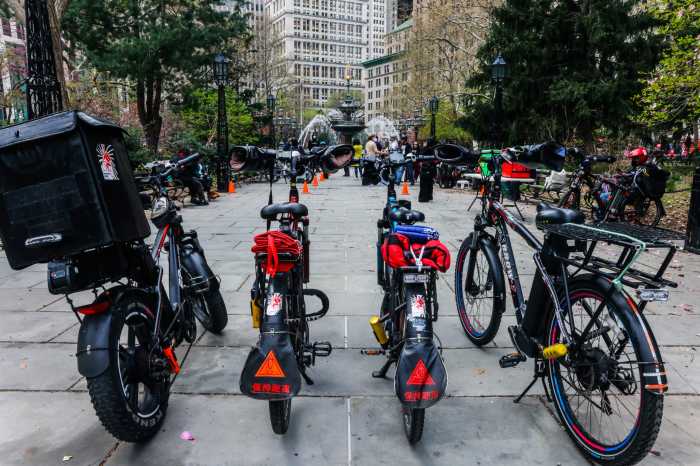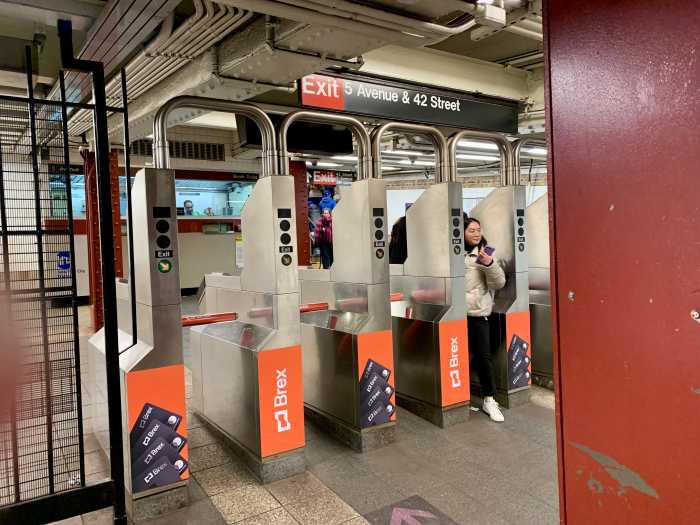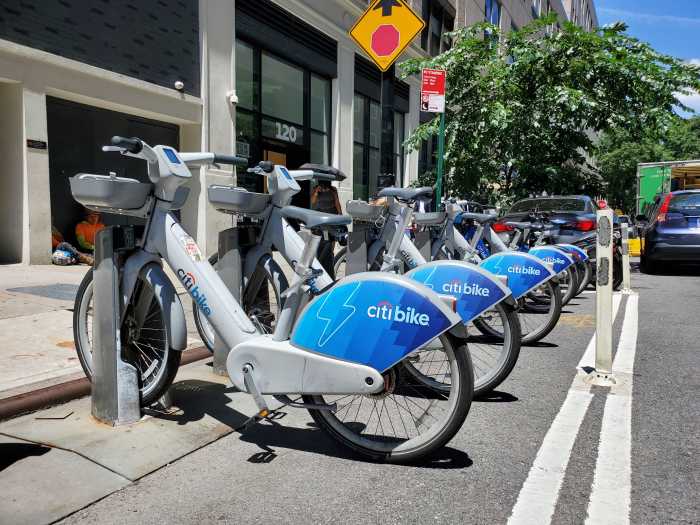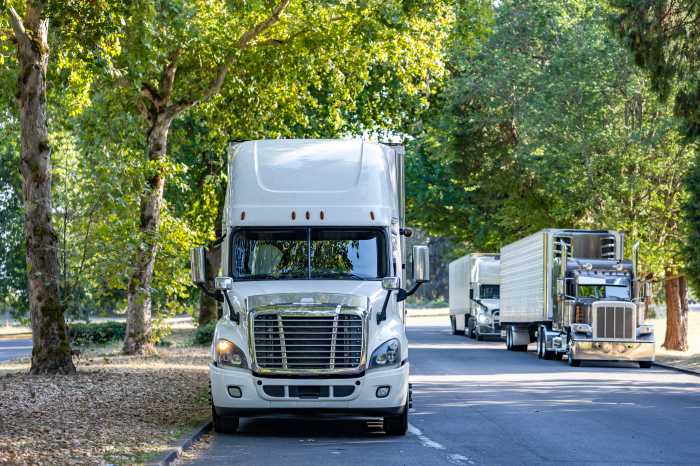
Federal investigators have determined that the engineers in two recent, high-profile derailments involving the LIRR and NJ Transit suffered from a sleep disorder, according to newly released public documents.
After a NJ Transit train fatally derailed in Hoboken last September and a Long Island Rail Road train crashed in Atlantic Terminal this January, both engineers involved were diagnosed with obstructive sleep apnea, according to documents released Thursday by the National Transportation Safety Board.
The board, which has not yet determined a probable cause for the derailments, said it was now combining the investigations due to their similarities.
In both instances, the commuter trains failed to come to a stop at the end of their tracks, slamming into the bumping posts in the two transit hubs.
The Hoboken crash killed one woman, who was crushed under falling debris while waiting on the platform, and injured more than 100 others. At Atlantic Terminal, more than 100 non-life-threatening injuries were reported when an LIRR train with six cars hit the end of Track 6 of the Brooklyn transit hub, causing $5.9 million in damage, the NTSB said.
Immediately following the crash, the MTA announced it was expanding sleep-apnea screenings for all employees responsible for moving trains and buses through its network. The MTA signed $7.5 million in contracts with four health firms to administer the screenings and treat those diagnosed.
Those with sleep apnea repeatedly stop and start breathing while sleeping as their throat muscles intermittently relax and block windpipes. Left untreated, the disorder causes reduced alertness and leaves people prone to falling asleep involuntarily.
The disorder has been linked to rail tragedies in recent years.
Locally, four people were killed in 2013 when a Metro-Northtrain derailed as it approached a sharp curve near the Spuyten Duyvil station in the Bronx. The NTSB determined that the engineer had fallen asleep and had obstructive sleep apnea.
The release of the NTSB’s documents comes on the heels of the Federal Railroad Administration and the Federal Motor Carrier Safety Administration cancelling an Obama-era proposed rule that would have required all train operators and truck drivers to be regularly tested for sleep apnea. In a notice dated Aug. 4, the two agencies reasoned that current programs and rules in place are “the appropriate avenues” to address obstructive sleep apnea.
The MTA has nevertheless continued its testing, spokesman Aaron Donovan said: To date, 7,954 employees have been screened, or about 45 percent of the targeted workforce.
“The MTA has embarked on the earliest and most aggressive sleep apnea screening program of transportation workers in the nation,” Donovan said, “and we are continuing that program despite the withdrawal of proposed federal regulations.”
The documents released Thursday also provide some glimses into key aspects of the ongoing investigation.
The engineer in the LIRR crash, Michael Bakalo, a 19-year veteran at the agency, told NTSB investigators he only remembers approaching his track in Atlantic Terminal before getting thrown from his seat.
Bakalo’s train had a speed restriction of 5 mph as it pulled into the terminal. He said that he did not exceed the limit and that the train did not appear to have any mechanical issues; he remembered successfully testing the brakes of the train during his journey.
“I started approaching track 6 and when I—I remember coming into the platform, and then honestly that’s all I can recall,” Bakalo said.
The next thing he could remember was being thrown into the dashboard area of the train cab.
The LIRR has dismissed Bakalo as a locomotive engineer, but he is currently working as a station cleaner, according to the MTA.
The NTSB is preparing a special investigation report on both derailments. It will be addressed in a board meeting scheduled for Feb. 6, 2018, in Washington, D.C.


































